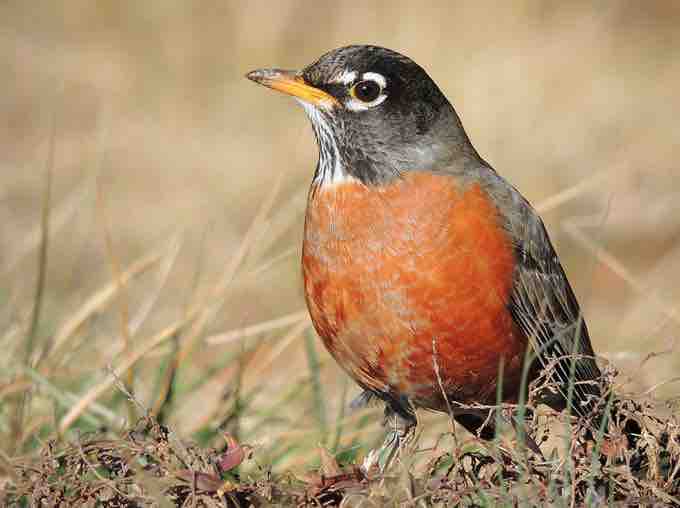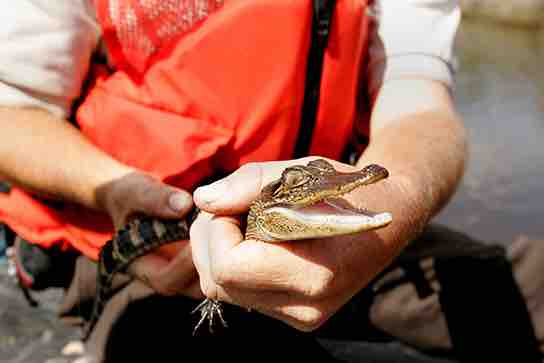Nonrandom Mating
If individuals nonrandomly mate with other individuals in the population, i.e. they choose their mate, choices can drive evolution within a population. There are many reasons nonrandom mating occurs. One reason is simple mate choice or sexual selection; for example, female peahens may prefer peacocks with bigger, brighter tails. Traits that lead to more matings for an individual lead to more offspring and through natural selection, eventually lead to a higher frequency of that trait in the population. One common form of mate choice, called positive assortative mating, is an individual's preference to mate with partners that are phenotypically similar to themselves.

Assortative mating in the American Robin
The American Robin may practice assortative mating on plumage color, a melanin based trait, and mate with other robins who have the most similar shade of color. However, there may also be some sexual selection for more vibrant plumage which indicates health and reproductive performance.
Another cause of nonrandom mating is physical location. This is especially true in large populations spread over large geographic distances where not all individuals will have equal access to one another. Some might be miles apart through woods or over rough terrain, while others might live immediately nearby.
Environmental Variance
Genes are not the only players involved in determining population variation. Phenotypes are also influenced by other factors, such as the environment. A beachgoer is likely to have darker skin than a city dweller, for example, due to regular exposure to the sun, an environmental factor. Some major characteristics, such as gender, are determined by the environment for some species. For example, some turtles and other reptiles have temperature-dependent sex determination (TSD). TSD means that individuals develop into males if their eggs are incubated within a certain temperature range, or females at a different temperature range.

Temperature-dependent sex determination
The sex of the American alligator (Alligator mississippiensis) is determined by the temperature at which the eggs are incubated. Eggs incubated at 30 degrees C produce females, and eggs incubated at 33 degrees C produce males.
Geographic separation between populations can lead to differences in the phenotypic variation between those populations. Such geographical variation is seen between most populations and can be significant. One type of geographic variation, called a cline, can be seen as populations of a given species vary gradually across an ecological gradient.

Geographic variation in moose
This graph shows geographical variation in moose; body mass increase positively with latitude. Bergmann's Rule is an ecologic principle which states that as latitude increases the body mass of a particular species increases. The data are taken from a Swedish study investigating the size of moose as latitude increases as shows the positive relationship between the two, supporting Bergmann's Rule.
Species of warm-blooded animals, for example, tend to have larger bodies in the cooler climates closer to the earth's poles, allowing them to better conserve heat. This is considered a latitudinal cline. Alternatively, flowering plants tend to bloom at different times depending on where they are along the slope of a mountain, known as an altitudinal cline.
If there is gene flow between the populations, the individuals will likely show gradual differences in phenotype along the cline. Restricted gene flow, on the other hand, can lead to abrupt differences, even speciation.